OT, Pediatric & Neurodevelopmental Approaches
The Role of Regulation in Pediatric Care
Every child’s path to growth and learning is shaped by their ability to feel safe, regulated and connected. For many children, especially those with developmental differences or sensory challenges, regulation is the missing piece that unlocks readiness for engagement.
Unyte’s evidence-based listening therapies are designed to support occupational therapy, pediatric and neurodevelopmental approaches — helping children build the foundation for resilience, learning and connection.
OT, Pediatric & Neurodevelopmental Approaches
The Role of Regulation in Pediatric Care
Every child’s path to growth and learning is shaped by their ability to feel safe, regulated and connected. For many children, especially those with developmental differences or sensory challenges, regulation is the missing piece that unlocks readiness for engagement.
Unyte’s evidence-based listening therapies are designed to support occupational therapy, pediatric and neurodevelopmental approaches — helping children build the foundation for resilience, learning and connection.
Why Regulation Matters in Child Development
When children are dysregulated, they may struggle with attention, transitions, communication, or sensory integration. These challenges can limit their capacity to participate fully in therapies, such as occupational therapy, speech therapy, or developmental interventions.
By supporting nervous system regulation, Unyte’s listening therapies help children access safety and readiness, making interventions more effective and progress more sustainable.
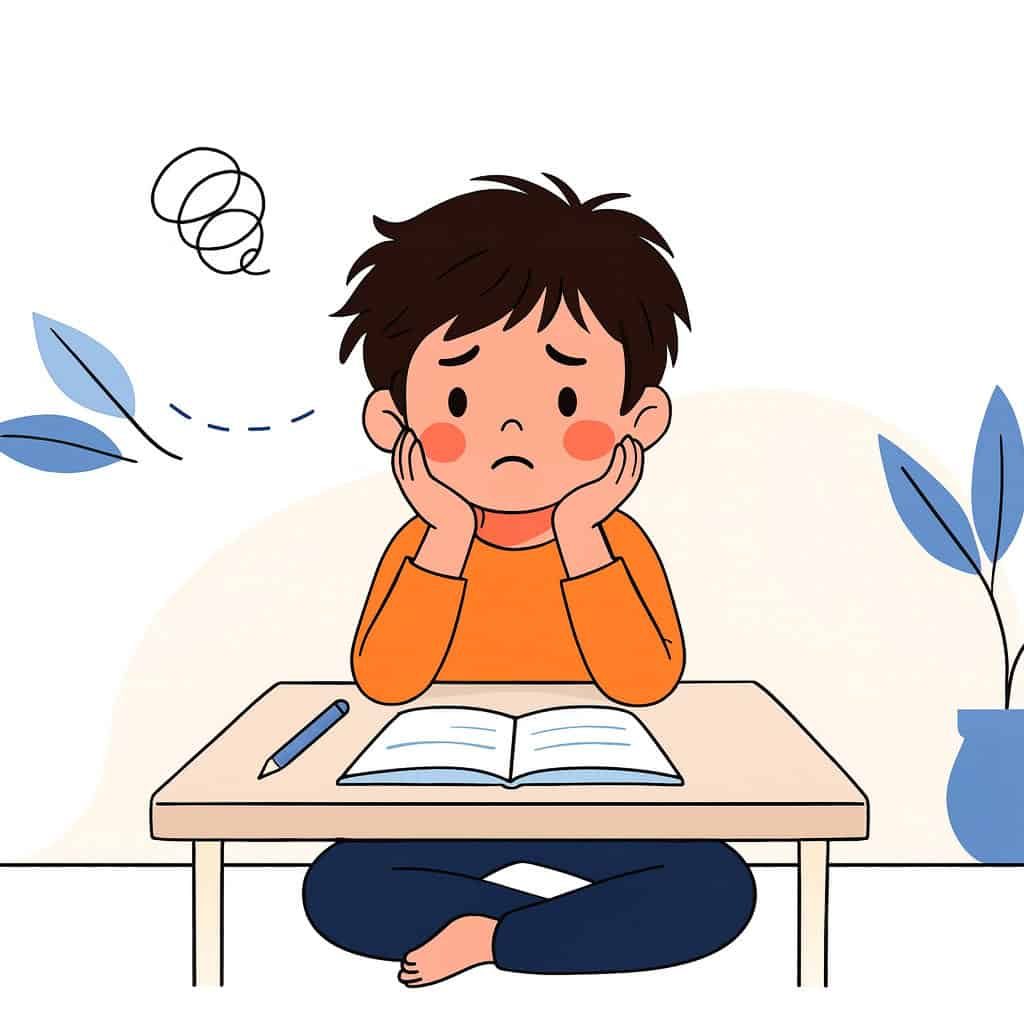
From dysregulation
→

To nervous system regulation
→
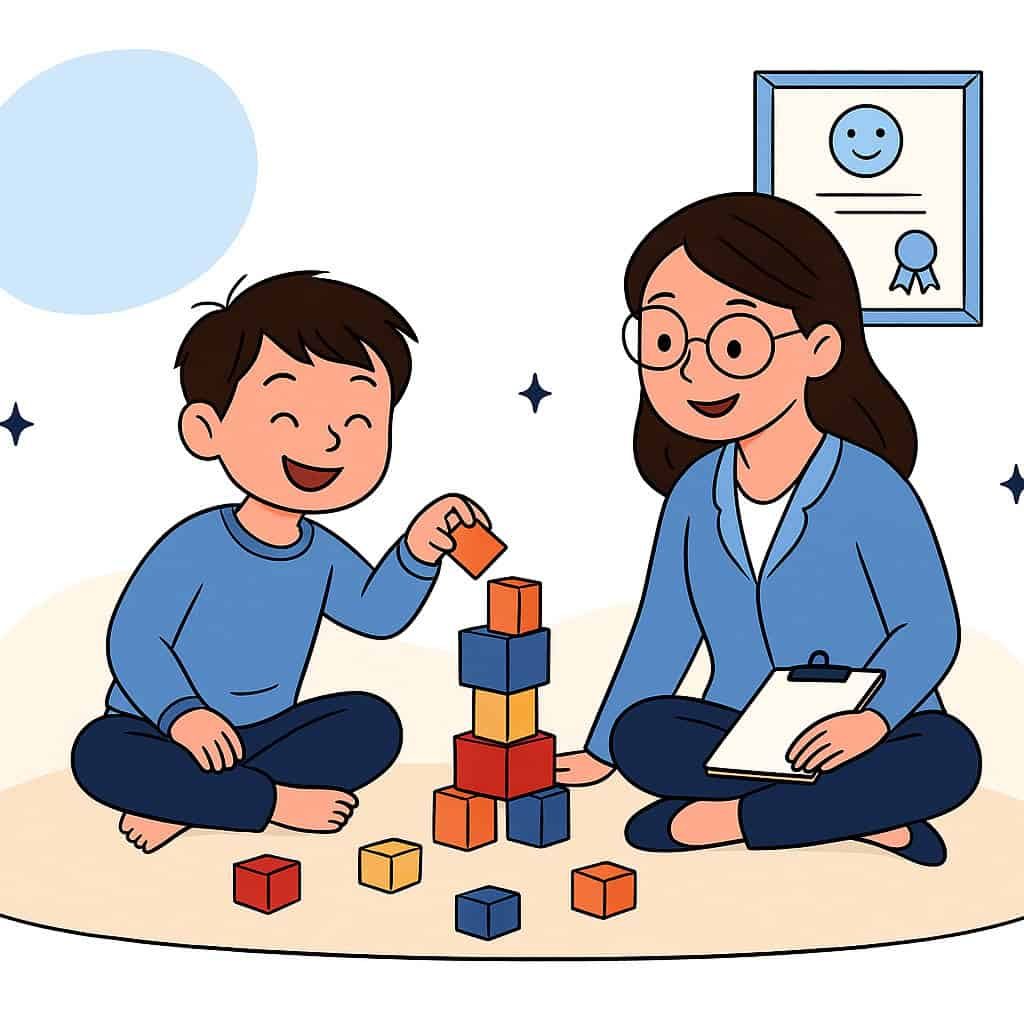
To more effective progress
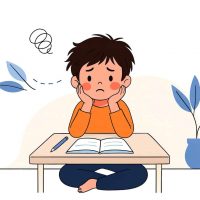
From dysregulation

To nervous system regulation

To more effective progress
How Our Programs Fit Your Practice
Unyte’s listening therapies are designed to complement and enhance the work of pediatric health professionals by addressing one of the most common barriers to progress — nervous system dysregulation.
Whether you’re supporting children in occupational, speech, physical, or developmental therapy, our programs help establish the foundation of safety and regulation needed for learning and engagement. By guiding the nervous system toward balance, children become more receptive, focused, and ready to participate in your interventions.

Safe and Sound
Protocol™ (SSP)
Protocol™ (SSP)
Regulates defensive states and increases tolerance for sensory and social input. Especially helpful for children with sensory sensitivities, anxiety, autism, or trauma histories.
- Targets the ventral vagal pathway and social engagement system
- Improves social connection, sound sensitivities, and autonomic regulation
- Delivered via 5 hours of music, best experienced while engaging in regulating activities

Rest and Restore
Protocol™
Protocol™
RRP extends regulation into the sub-diaphragmatic domain, supporting rhythmic communication between the brainstem and visceral organs. RRP promotes autonomic flexibility, parasympathetic restoration and immobilisation without fear.
- RRP targets the healing qualities of the autonomic nervous system
- Supports deep relaxation, recovery, balance in the body and mind, and connection to self, cultivating interoception and self-regulation.
- A dynamic, progressive program, including five hours of Sonocea® Enhanced musical themes.
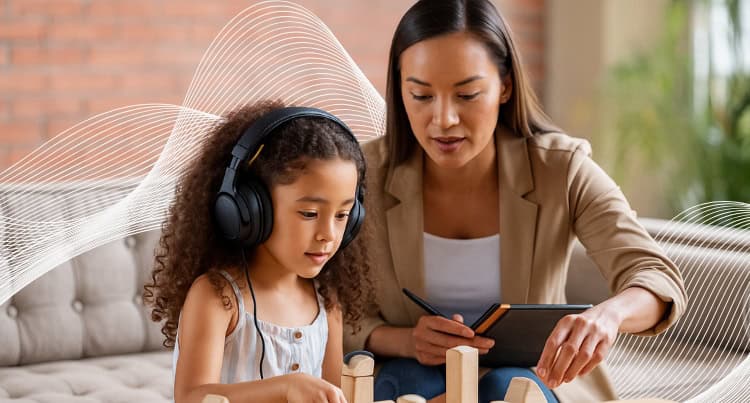
Integrated Listening System™ (ILS)
Enhances brain-body integration through music and movement. Supports developmental milestones, attention, coordination and learning.
- Engages and stimulates different parts of the brain (visual, auditory, and vestibular systems)
- Improves brain-body organization for skill-building and optimization
- Delivered via 5 programs with modified music plus movement and bone conduction
- A strong fit for OT, PT and speech-language interventions
Benefits for Children
- Improved tolerance for sensory input and transitions.
- Increased focus, attention and readiness to learn.
- Enhanced communication and social connection.
- Greater resilience in daily life and therapeutic settings.
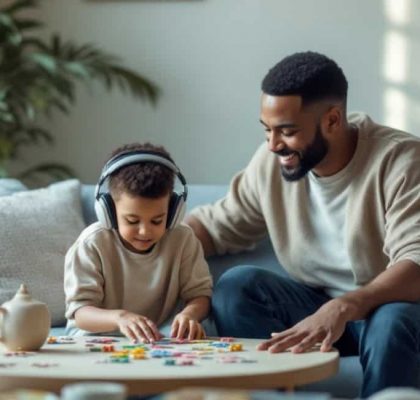
Benefits for Professionals
- Children arrive calmer and more ready to engage in therapy.
- Progress is accelerated and more sustainable across sessions.
- Families have practical tools to support regulation at home.
- A complementary approach that enhances OT, SLP, PT, and developmental therapies.
Real Stories. Real Results.
Backed by research and grounded in lived experience, these case studies highlight the measurable impact of nervous system regulation across diverse modalities and populations.
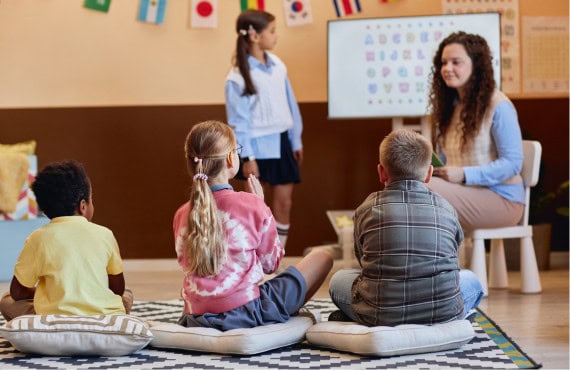
Safe and Sound Protocol Helps Children with Autism Make Meaningful Progress
A group of children, each with unique challenges their caregivers hoped to address, sought alternative treatment after limited progress in conventional therapies. Learn how the SSP helped them address these challenges and grow.

Integrated Listening System Helps Young Man Reduce His Stutter and Communicate More Effectively
Lui, a 19-year-old, was trying to improve his fine motor skills, including reading and writing, and reduce his stutter. Using the ILS as a treatment, Lui’s ability to communicate strengthened across all areas.

Rest and Restore Protocol Helps Young Boy Regain Physical Functioning and Independence After COVID-19 Complications
Through continued listening with RRP, Jake gained confidence, improved physical performance, and developed greater endurance, balance, and muscle tone, achieving the milestones his family and provider had hoped for. He also grew more comfortable in noisy environments, even enjoying a monster truck rally, reflecting his increased regulatory capacity.
Discover how Unyte’s listening therapies can support developmental growth and therapeutic progress for children.
Discover how Unyte’s listening therapies can support developmental growth and therapeutic progress for children.





 © 2025 Unyte Health US Inc.
© 2025 Unyte Health US Inc.